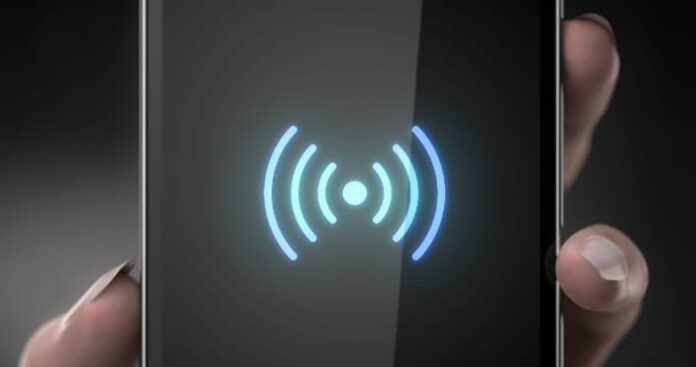Earlier this week, the Wi-Fi Alliance issued a press release reiterating the crucial role that Wi-Fi plays, and will continue to play, in delivering the pervasive and reliable connectivity necessary to support the growing number of Internet of Things (IoT) devices in both residential and industrial environments. Kevin Robinson, the Alliance’s senior vice president of marketing, provided additional insight for RCR Wireless News about what makes Wi-Fi is uniquely suited for such applications and offered the reminder that, put simply, “Wi-Fi is the ‘internet’ in the internet of things.”
“It’s natural for conversations to focus on the new, shiny thing and the promise of what is possible,” said Robinson. “An incredible amount of resources have been poured into driving the conversation around other technologies, but in all of that, Wi-Fi, day after day, sticks to its knitting in just delivering connectivity, moving more than half of all intent traffic [and in] solving those IoT use cases.”
He added that it’s not uncommon for the fact that Wi-Fi is the underlying connectivity — the foundation, really — for all our IoT devices to get lost sometimes and expects the following list of Wi-Fi’s competencies for IoT to show that Wi-Fi is the IoT “hero.”

Wi-Fi is a standards-based, interoperable technology thanks to the Alliance’s Wi-Fi Certified process, which ensures that Wi-Fi is a common platform to deliver a growing range of IoT applications that vary in performance, power and latency requirements. Wi-Fi also delivers WPA3 security, which can support sensitive government, industrial and personal information that is often exchanged through IoT applications. Additionally, Wi-Fi is cost effective, simple deploy, has backward compatibility and delivers sub-meter-level location information that allows a range of location-aware IoT services via Wi-Fi Location.
Beyond these features, Robinson also highlighted both the pervasiveness and the flexibility of Wi-Fi connectivity and how this makes it particularly suitable for IoT applications. “Through the use of unlicensed spectrum, pretty much any device can work anywhere on the globe, which brings enormous economies of scale,” he said. “If [a vendor is] making an IoT client device, they know that any environment they are going into, whether it’s a greenfield enterprise where it’s all backhaul with cabling or it’s a retro fit where you’re using mesh, [they’re] going to have the coverage necessary in that indoor environment.”
Wi-Fi’s flexible network topology, he added, allows it operate in very different environments. In addition to a traditional Wi-Fi connection through access points, there is Wi-Fi mesh and Wi-Fi direct, all of which can be used in different IoT environments for scalable and customizable options to meet IoT network and IoT application needs.
Finally, Wi-Fi is reliable. “When you look at Wi-Fi’s history and the maturity of the technology, first and foremost, it cut its teeth in the enterprise and in demanding environments like hospitals. Because of its ubiquity and these demanding environments, there has been an incredible maturation of the capabilities of Wi-Fi to deliver network efficiency and in the management of the networks that many other technologies simply haven’t caught up to,” commented Robinson.
In the future, and with Wi-Fi 6 and 6E in particular, this reliability will enable networks to handle many simultaneously connected devices and heavy data throughput while delivering high performance and low latencies for applications including 4K video streaming and AR/VR, as well as allow manufacturing robots and drones to remain connected even as they move throughout a home or industrial network.

